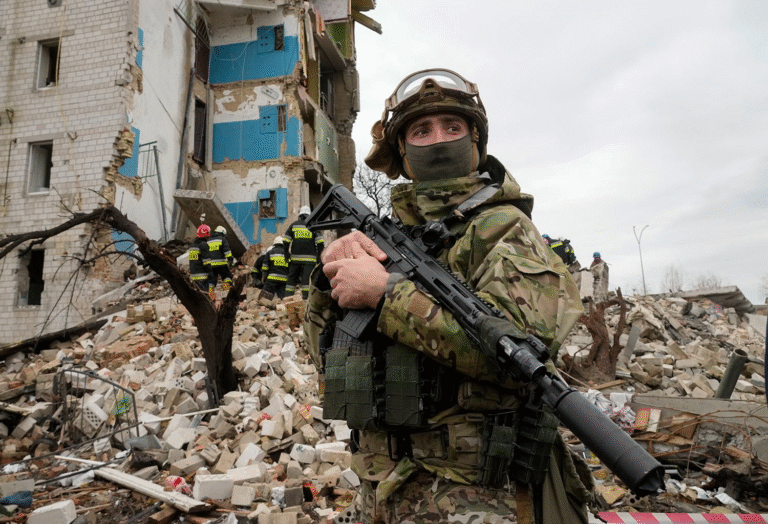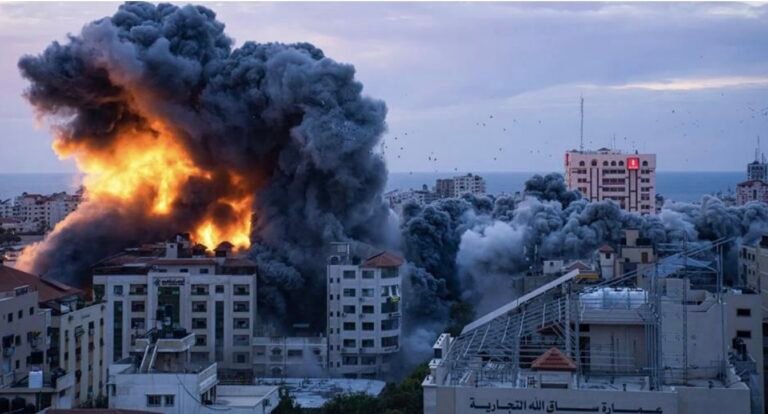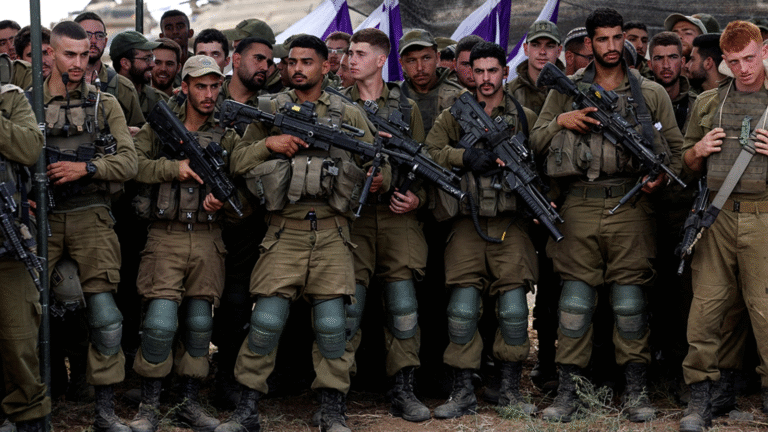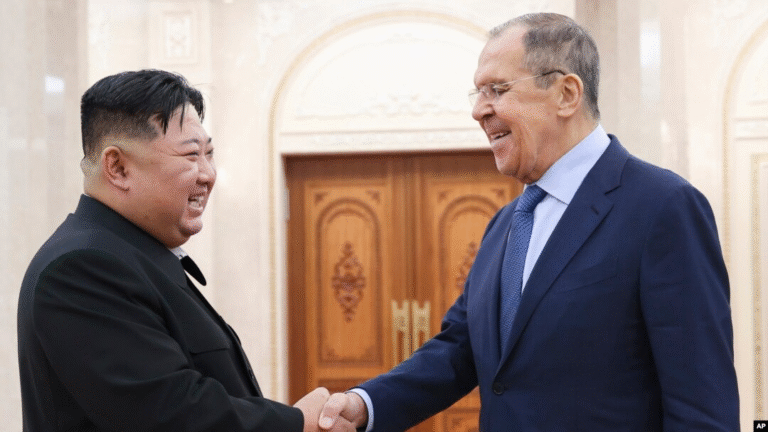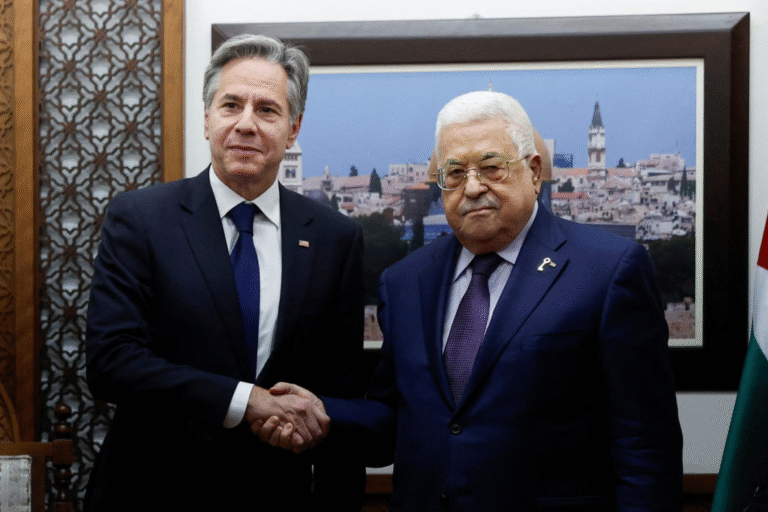
Photo of Wagner Group Tents in Belarus, Photo: AP/Alexander Zemlianichenko
Stephanie Siemak
The America-Eurasia Center
www.EurasiaCenter.org
Eurasia Brief
US-Europe Program
America-Eurasia Business Coalition
www.usebc.org
Wagner Group Forces in Belarus
Threaten Poland
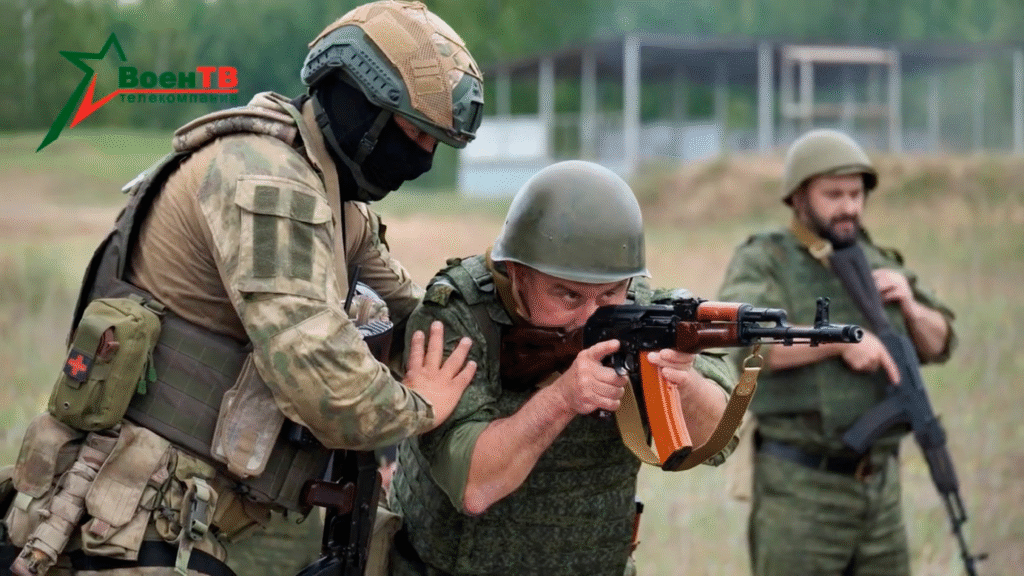
Wagner Group Forces train Belarussian Armed Forces – Photo Credit – Reuters
Tensions on the eastern flank of NATO continue to rise following the movement of Wagner
forces consisting of over 100 troops towards Suwalki Gap, a small area of land which lies in between
Poland and Lithuania. The movement of thousands of Wagner troops to Belarus has come as a result
of a deal between the mercenary group and the Russian government to end the armed rebellion that
occurred in June. Following this buildup of Wagner forces in the Suwalki Gap, the Polish Ministry
of Defense released a statement on August first confirming a breach of Polish Airspace by helicopters
marked with Belarusian flags in Bialowieza that was spotted by residents of the town. At this time,
the Belarusian Foreign Ministry denied any breach of Polish airspace conducted by Belarusian
aircraft. Amid such provocations, the Polish Ministry of Defense has announced preparations for a
buildup of Polish troops along the border.
The strategic importance of the Suwalki Gap is important to note in this scenario, as the area
connects Lithuania, Latvia, and Estonia to the rest of the NATO alliance as well as separates Belarus
from the Russian exclave of Kaliningrad. In the event of a seizure of the Suwalki Gap by Russia,
then Lithuania, Latvia, and Estonia would be geographically cut off from the rest of their NATO
allies. Provocations near the gap have led to heightened concerns of a potential escalation. Polish
Prime Minister Mateusz Morawiecki and Lithuanian President Gitanas Nauseda met to discuss
security concerns over recent events. In the meeting, Morawiecki warned that “the number of
provocations will rise,” calling for a reinforcement of Polish and Lithuanian troops along the borders
in order to prepare for a potential escalation in the form of moving troops and helicopters to the
border.
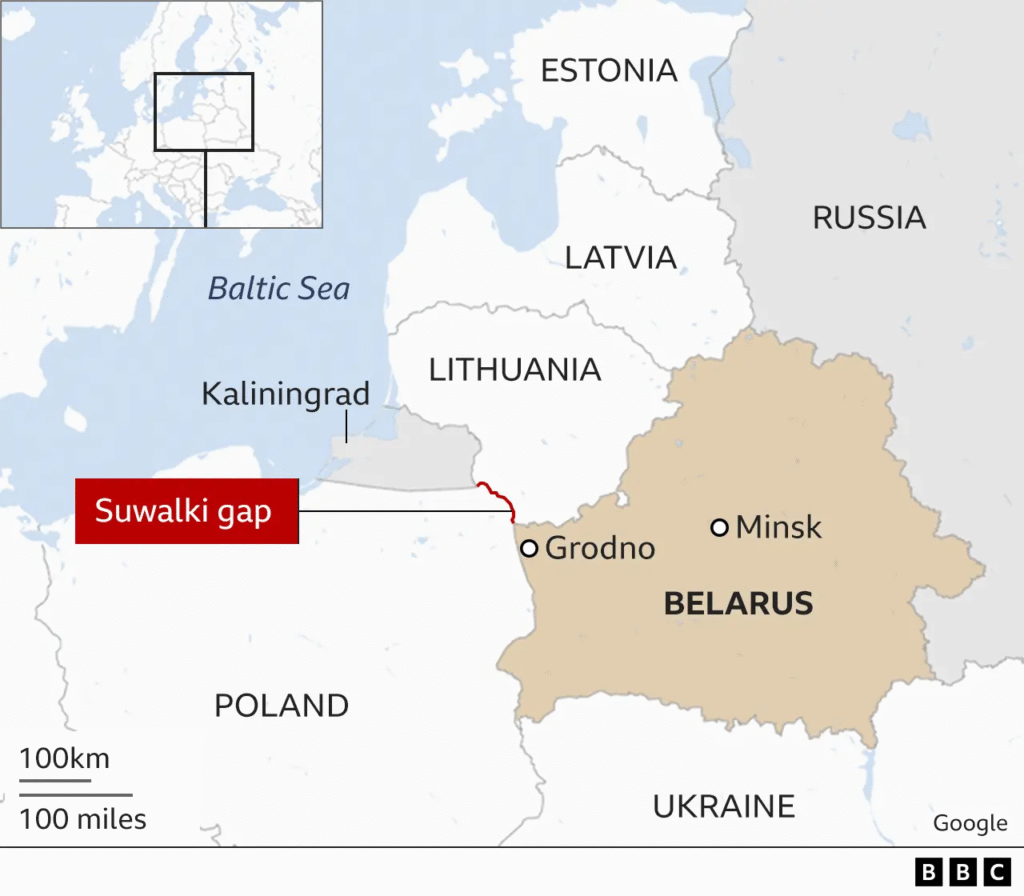
A map of the Suwalki Gap (source: BBC)
It is additionally important to note that this is not the first attempt at destabilization of borders
on the Eastern flank of NATO by Belarus and Russia. Between 2021 and 2022, Belarus facilitated a
heavy influx of migrants from Syria to Poland in what Polish officials claim to be an attempt at
destabilizing the country in order to obtain a diplomatic advantage. Through provocations such as
those seen in early August along with the previous border crisis, Belarus and Russia could be
attempting to test the limits of the West, causing concern over potential more dangerous provocations
in the future.

Nauseda (left) and Morawiecki (right) meet on August 3rd in Northeastern Poland (source: New York Times)
Security concerns in the region further heightened on August 7th, when Belarusian and Wagner
troops began to conduct joint exercises consisting of the “use of drones as well as the close interaction
of tank and motorized rifle units with units of other branches of the armed forces,” as said in a
statement released by the Belarusian ministry of Defense. Additionally, the statement highlighted
that the exercises were meant to replicate scenarios from the Russian “special military operation.”
The exercises are being conducted in the Belarusian region of Grodno, an area that is near the Suwalki
Gap. The exercises and buildup of Wagner troops near the border follow heightened tensions that
came in July after President Lukashenko of Belarus stated in a televised meeting with Putin that some
of the troops were eager to go on “a trip to Warsaw and Rzeszow.” The importance of Rzeszow to
NATO at this time is especially notable, as the alliance is currently using the town’s Jasionka Airport
as a base to transport humanitarian and military aid across the border to Ukraine.
At this time, Poland is currently planning on sending over 10,000 troops to the Polish-Belarusian
border in response to these recent provocations. In an interview, Defense Minister of Poland Mariusz
Blaszczak stated that “about 10,000 soldiers will be on the border, of which 4,000 will directly
support the Border Guard and 6,000 will be in the reserve.” The additional 10,000 troops will join
the troops sent to the border in July. In a readout released by the Russian Ministry of Defense on
August 9th, Russian Defense Minister Sergei Shoigu discussed plans for an increase of troops along
its Western border in what was said to be partially a response to Poland’s movement of troops.
There were reports that Wagner Forces had left Belarus to Russia on buses which proved false.
Recently, the Belarusian Ministry of Defense has announced that a brigade of the Separatist Guard
of the 6th Mechanized Brigade of the Separatist Guard will conduct an exercise in the Grodno area
in western Belarus, near the Polish and Lithuanian borders. It is unlikely that they are combat ready
but they will perhaps be joined by Wagner Group trainers.
